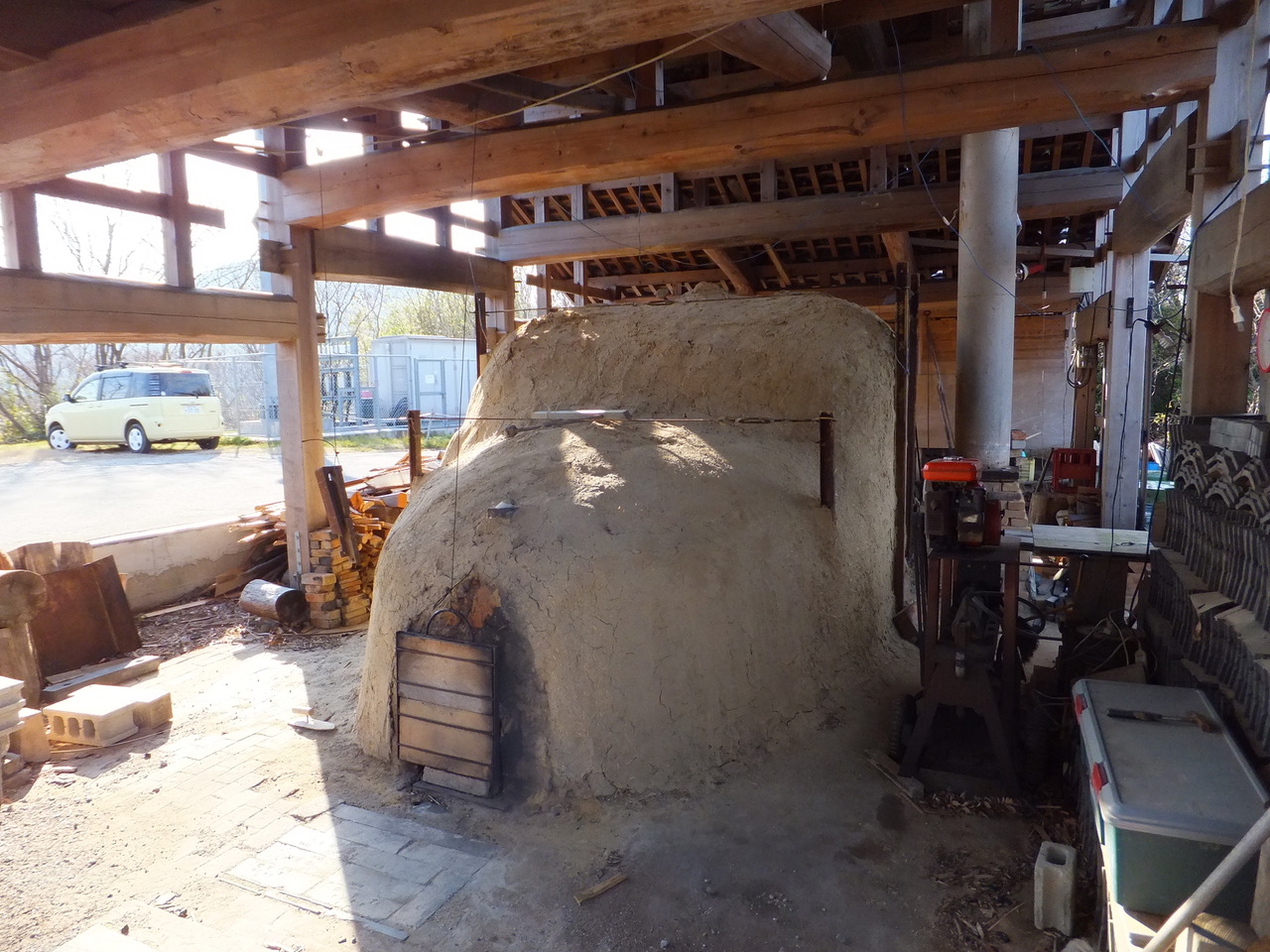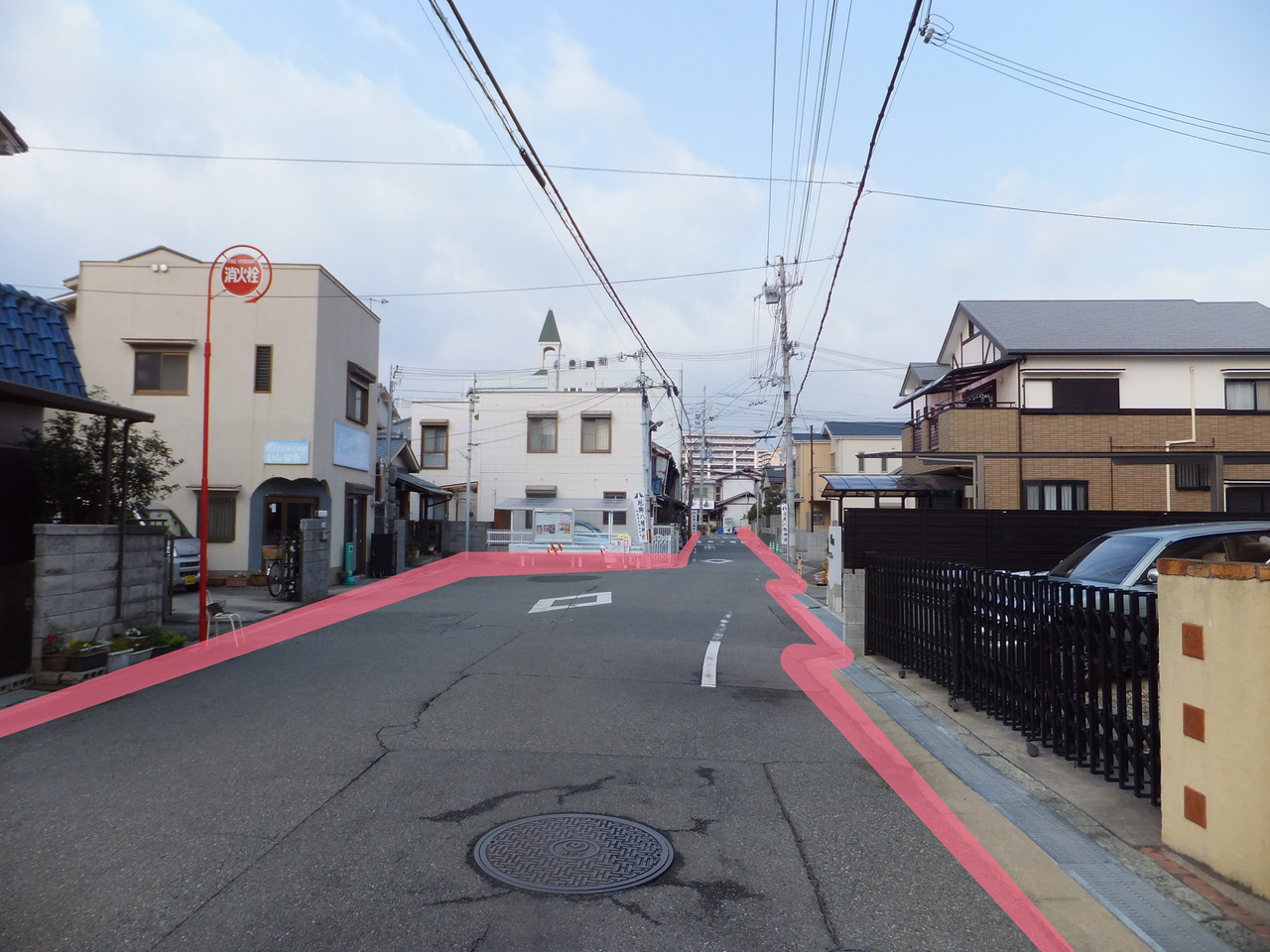
Okura
【trivia04】Okura no Kawara,Yakimono
According to Mr Kitagawa Seiichiro. In Okura there were ten companies that made black tile and more than one hundred craftsmen. In Okura they made Akashi roof tile that was the only first class tile in Hyogo prefecture.They took clay for tile from the mountain of the upper reaches of the Asagiri River.In order to bake tiles they used double mouths of the Daruma kiln which had double dooms. They warmed dried clay formed tile, baked and finally smoked with wood and pine needles.As soon as they took tiles out of the kiln, they started to make another tiles. They made from 700 tiles to 800 tiles by one kiln at a time.Mr.kubo Naoaki says that. Many potteries of Akashi ware were mainly made by climbing kilns too. Kochi ware was exported, and besides Honobono ware. Asagiri ware, Hitomaru ware and Maiko ware were made. They made the octopus pot (the trap for octopus) brick and tile too.Mr Masuoka Yoshinori the president of Hinode Kogyo company says that: The Hinode kiln was the back of the present main office building of his company. They used mounded place. It was the big climbing kiln that had about ten rooms for baking in a row. He remembers that he went into it when he was a child. The products were inscribed to Akashi ware.

